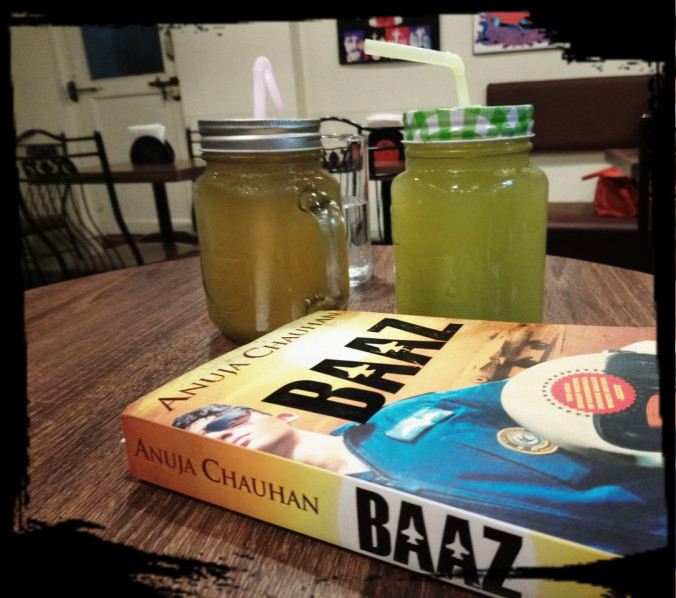Download links for: Los viajes de Gulliver


Reviews (see all)
Write review
Reading to my son, this adaption has amazing illustrations. It reads aloud well.
Kate Greenaway Award; very detailed and some very silly illustrations
Gulliver visits many different countrues, not just Lilliput.
This book is hilarious and engrossing.
It is simply marvelous!
Other books by Fantasy
Other books by Martin Jenkins
Related articles












